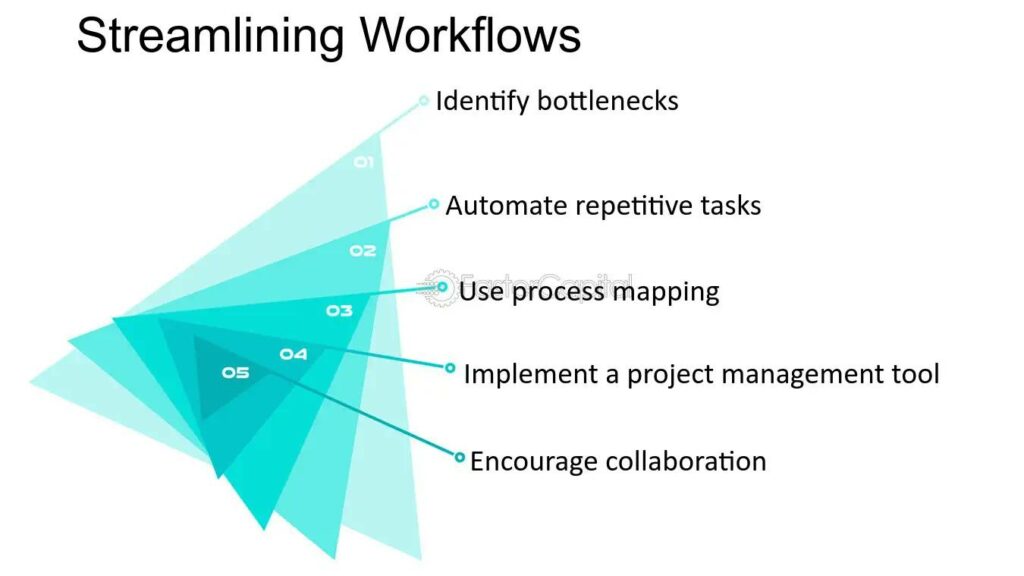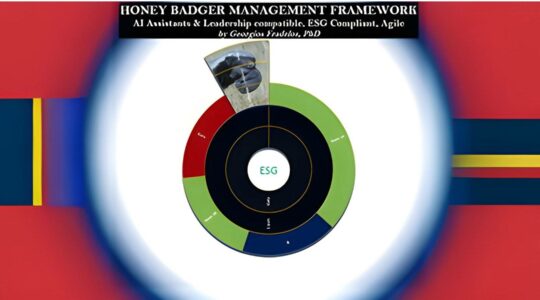(Article by Andrea Paschetta)
There are several elements of value that AI can bring to the insurance industry such as:
Streamlining workflows
AI automates and streamlines manual and repetitive processes, speeding up response times and reducing human error.
While the process of underwriting a policy is sometimes fully digital with seamless customer journals, some steps are still often manual.
For example, many insurers still issue policies manually, delegating the task to a back office, often taking 15 to 20 minutes per issue. This process typically includes multi-factor customer identification to reduce fraud, often including a short video call to verify that the policyholder is a natural person other than the insured and beneficiary. A screenshot of the policyholder’s face is taken and compared to a scan of the policyholder’s ID documents.
This is followed by the download of the policy, the SEPA Direct Debit to authorise the company providing the utility or service, and the signing of an authorisation contract. This is followed by the sending of the personal information notice, the information SETI (different for each type of policy), and the activation of the insurance contract, specifying the date on which the policy will start and the first monthly payment will be debited from the current account.
Artificial intelligence-based chatbots and audiobots can effectively handle customer enquiries, provide immediate assistance, reduce staff workload and reduce non-strategic recruitment for often not highly qualified (replaceable) profiles.
The big challenge at the moment is the fact that there are still life and health products that are very complex and need to be explained to the customer, and because they are for the protection of your loved ones or your health, if they are managed by artificial intelligence they risk having a much lower satisfaction and conversion rate.

Positive marketing implications
The adoption of AI and tools such as ChatGPT can have significant positive marketing implications for insurance companies. AI enables a better understanding of customers by analysing data, customer journeys and pain points, allowing insurance companies to create personalised and targeted offers.
For example, predictive models can be used to strategically segment customers and identify those most likely to buy certain policies, allowing companies to target their marketing campaigns more effectively.
In addition, automating marketing processes reduces the cost of content creation, organic SEO keyword targeting and the ability to reach a wider, typically digital, audience at a reduced cost compared to traditional methods.

Reduced personnel costs
Automating manual and repetitive tasks reduces reliance on human resources and enables insurance companies to reduce operational costs. ChatGPT ensures that staff are only as necessary and essential.
In addition, AI can improve the efficiency of existing staff, allowing them to focus on high-value tasks that require human and emotional intelligence and decision-making skills.
In conclusion, the integration of AI technologies such as ChatGPT in the insurance industry represents a transformative opportunity to streamline workflows, improve customer experience and optimise operational efficiency.
By automating manual processes and improving response times, AI not only reduces human error, but also lowers operational costs. However, challenges remain, particularly in the complex area of life and health insurance products, where the balance between AI-driven automation and personalised customer interaction must be carefully navigated to ensure customer satisfaction and conversion rates remain high.
Despite these challenges, the positive marketing implications of AI adoption, including improved customer understanding and targeted offers, underscore its value in driving business growth and competitive advantage. Ultimately, AI not only reduces staff costs, but also enables insurance companies to better serve their customers in an increasingly digital world.




